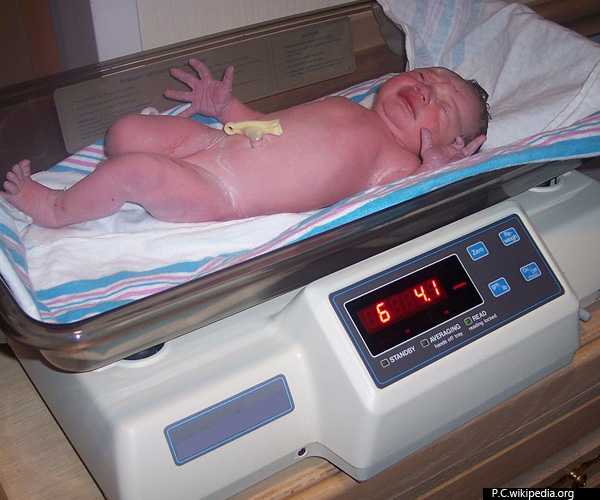Gestation at A Glance
The term Gestation usually refers to the time-period that exists between the first day of the last menstrual period till the day of delivery. A normal gestation period is supposed to last roughly till 280 days or 40 weeks. But fluctuations regarding the time of delivery are not rare. Some infants are born before the aforesaid period while some take longer than 280 months until the mother undergoes the process of labor.
The infants are thus classified under the basis of Gestational Age which is considered to be an important psychological information that helps in the extensive evaluation of the concerned neonates & in the determination of the chances of the neonate being a high risk infant.
Gestational Age Classification:
Methods Useful in the Estimation of Gestational Age:
- Gestational age can be estimated during the conduction of an ultra-sonography within the initial three months of pregnancy. The estimations are accurate within 4 days.
- Dubowitz Examination is useful in the determination of Gestational Age as well. It is a neurological screening examination that assesses the neonate’s conscious-reactivity, spontaneous motor activity, muscle tone & suck and grasps reflexes. However, it does not cover neuromuscular components in sick newborns.
Infant Classification by Gestational Age:
- Preterm infants are born before the completion of 37 weeks.
- Late Preterm infants are a subgroup of infants born between the period of 34 to 36 weeks.
- Term infants are born under the ideal gestation period that exists between 37 to 41 weeks.
- Postterm infants are delivered after the gestational period of 42 weeks or more.
Infant Classification by Birth Weight:
- The neonate is said to have a Normal Birth Weight (NBW) when s/he weighs between 2,500 to 4,000 gm.
- The neonate is said to have a Low Birth Weight (LBW) when s/he weighs less than 2,500 gm. A majority of LBW infants are preterm infants, but in some cases, they are Small for Gestational Age.
- The LBW section further sprouts into two more sub-branches namely Very Low Birth Weight infants (VLBW) & Extremely Low Birth Weight infants (ELBW) respectively.
- Very Low Birth Weight infants weigh less than 1,500 gm.
- Extremely Low Birth Weight infants weigh less than 1,000 gm.
Comments (0)




